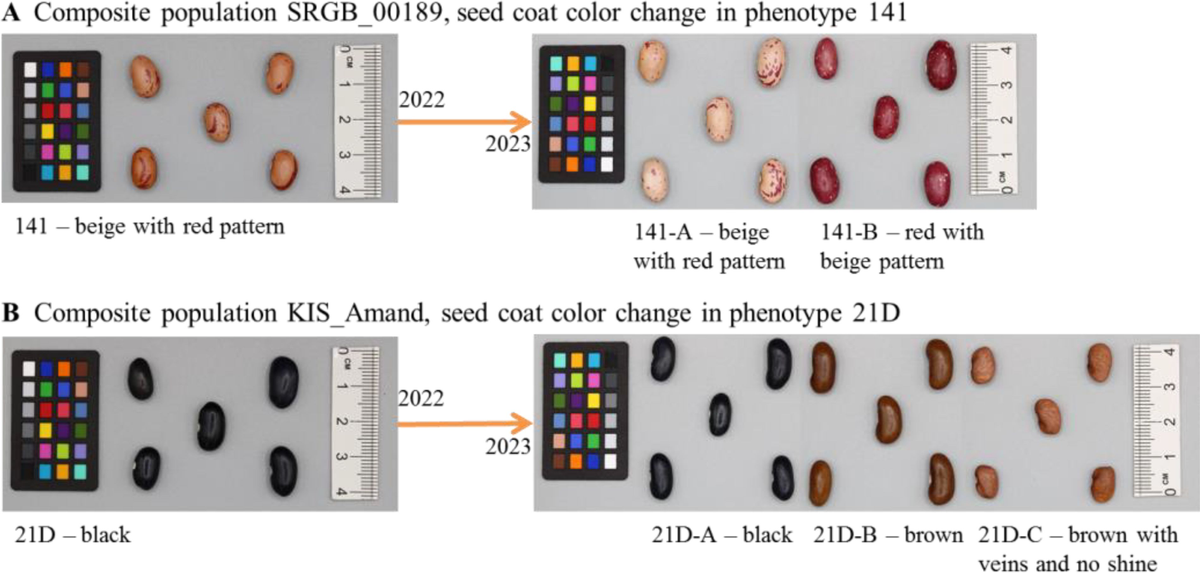flowerbug
Garden Master
I'm growing this bean this year and already have dry pods. I also have Dow Purple Pod and Purple Pod Pole as network beans. All very similar growth and appearance. The network beans just a bit behind Trionfo Violetto.
thank you!

